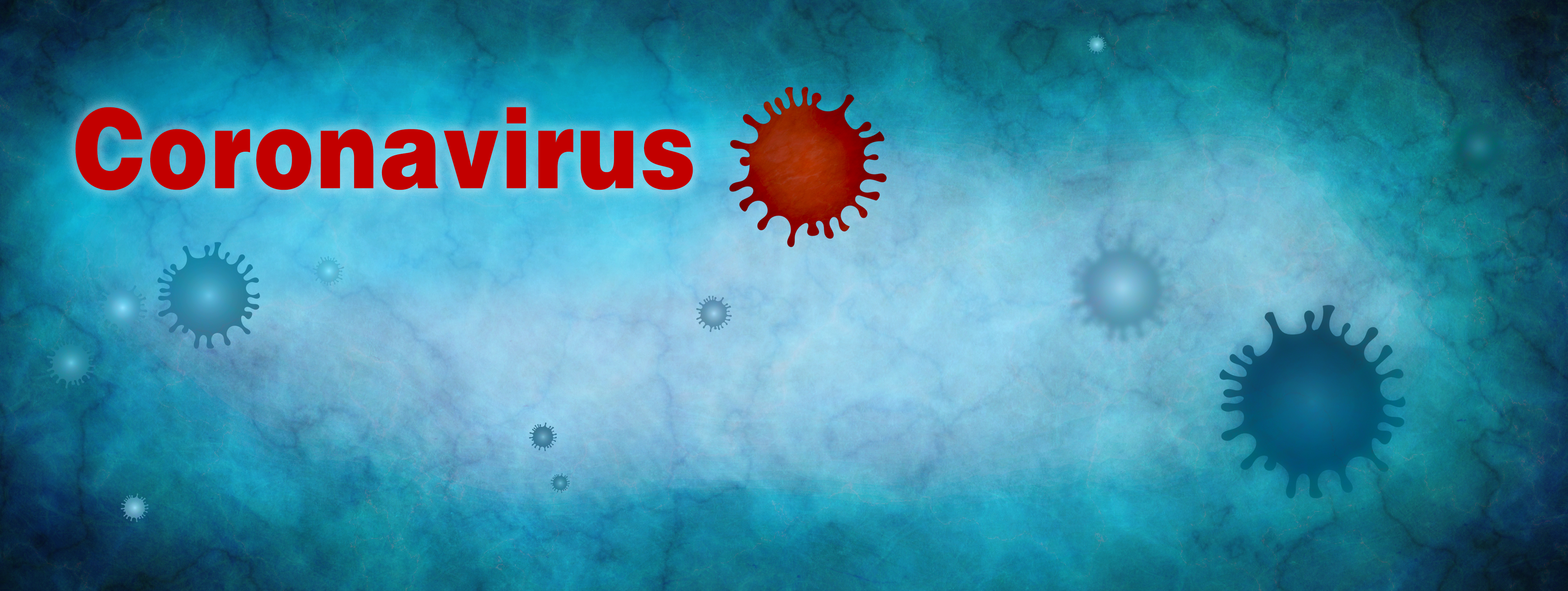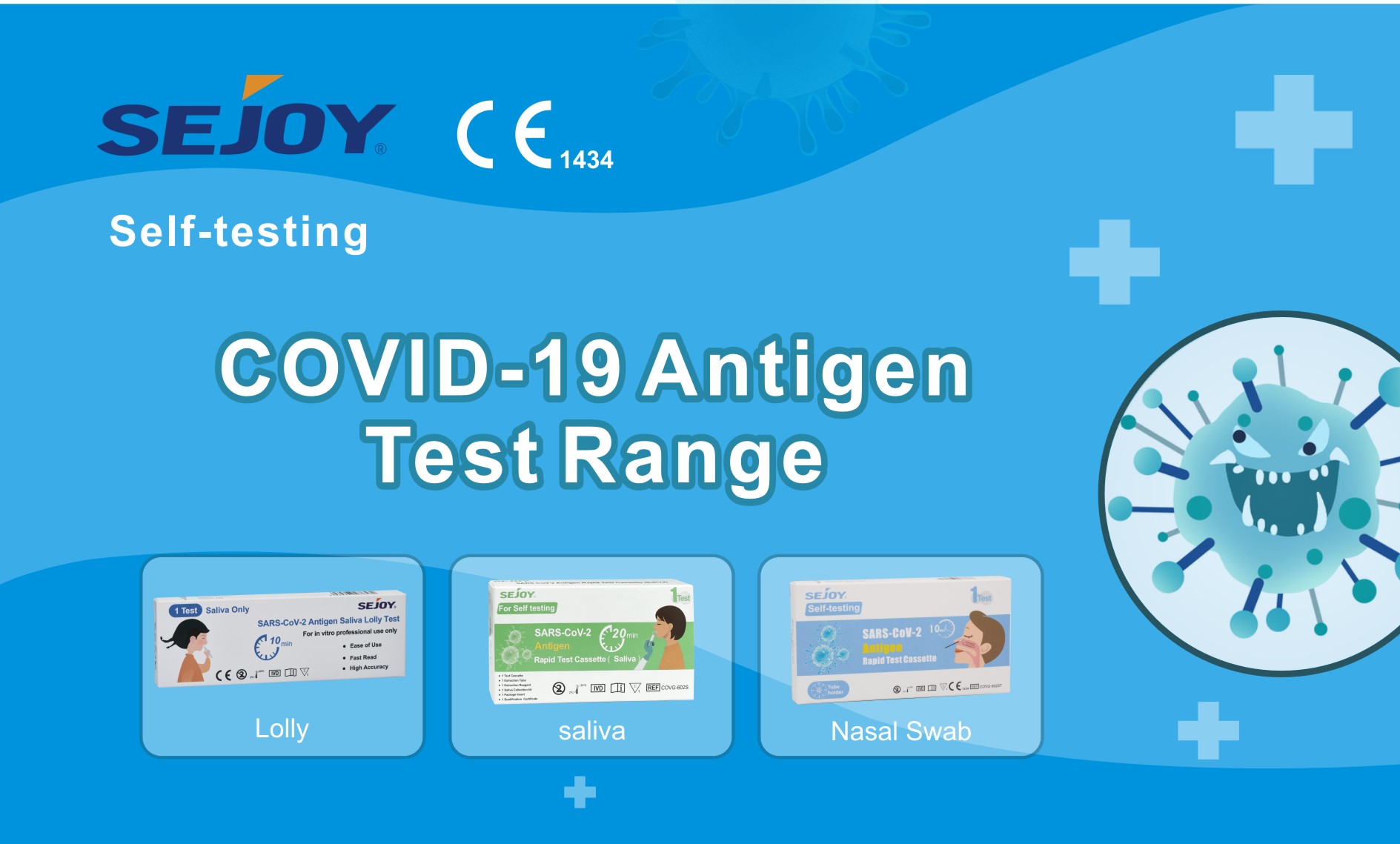Since December 2019, COVID-19 caused by severe Acute respiratory Syndrome (SARS) has spread around the world. The virus causing COVID-19 is SARS-COV-2, a single-stranded plus strand RNA virus belonging to the coronaviruses family. β coronaviruses are spherical or oval in shape, 60-120 nm in diameter, and often pleomorphic. Because the Envelope of a virus has a convex shape that can extend to all sides and looks like a corolla, it is named coronavirus. It has a capsule, and S (Spike protein), M (Membrane protein), M (matrix protein) and E (Envelope protein) are distributed on the capsule. The envelope contains RNA binding to N (Nucleocapsid protein). The S protein of SARS-COV-2 contains S1 and S2 subunits. The receptor-binding domain (RBD) of S1 subunit induces SARS-COV-2 infection by binding to angiotensin converting enzyme 2 (ACE2) on cell surface.
Sars-cov-2 can be transmitted from person to person and is more transmissible than sarS-COV, which emerged in 2003. It is mainly transmitted by respiratory droplets and close human contact, and can be transmitted by aerosol if it exists in an environment with good airtight for a long time. People are generally susceptible to infection, and the incubation period is 1 to 14 days, mostly 3 to 3 days. After infection with novel coronavirus, mild cases of COVID-19 will develop symptoms mainly of fever and dry cough. COVID-19 is highly infectious and highly contagious in asymptomatic stages of infection. Sars-cov-2 virus infection can cause fever, dry cough, fatigue and other symptoms. Severe patients usually develop dyspnea and/or hypoxemia 1 week after onset, and severe patients may lead to acute respiratory distress syndrome, coagulopathy and multiple organ failure.
Because sarS-COV-2 is highly contagious and lethal, rapid, accurate and convenient diagnostic methods for detection of SARS-COV-2 and isolation of infected persons (including asymptomatic infected persons) are the key to discovering the source of infection, blocking the transmission chain of the disease and preventing and controlling the epidemic.
POCT, also known as bedside detection technology or real-time detection technology, is a kind of detection method that is carried out at sampling site and can quickly obtain detection results by using portable analytical instruments. In terms of pathogen detection, POCT has the advantages of fast detection speed and no site restriction compared with traditional detection methods. POCT can not only speed up the detection of COVID-19, but also avoid the contact between the detection personnel and patients and reduce the risk of infection. Currently, COVID-19 testing sites in China are mainly hospitals and third-party testing institutions, and testing personnel need to take samples directly in front of people to be tested. Despite protective measures, sampling directly from a patient increases the risk of infection for the person testing it. Therefore, our company specially developed a kit for people to sample at home, which has the advantages of fast detection, simple operation, and detection at home, station and other places without biosafety protection conditions.
The main technology used is immunochromatography technology, also known as Lateral Flow assay (LFA), which is a rapid detection method driven by capillary action. As a relatively mature rapid detection technology, it has simple operation, short reaction time and stable results. The representative one is colloidal gold immunochromatography paper (GLFA), which generally includes sample pad, bond pad, nitrocellulose (NC) film and water absorption pad, etc. The bond pad is fixed with antibody modified gold nanoparticles (AuNPs), and the NC film is fixed with capture antibody. After the sample is added to the sample pad, it flows through the bonding pad and NC film successively under the action of capillary, and finally reaches the absorbent pad. When the sample flows through the binding pad, the substance to be measured in the sample will bind with the gold label antibody; When the sample flowed through the NC membrane, the sample to be tested was captured and fixed by the captured antibody, and red bands appeared on the NC membrane due to the accumulation of gold nanoparticles. Rapid qualitative detection of SARS-COV-2 could be achieved by observing the red bands in the detection area. The kit of this method is easy to be commercialized and standardized, easy to operate and quick to respond. It is suitable for screening large-scale population and widely used in the detection of novel Coronavirus.
Novel coronavirus infections are a serious challenge facing the world. Rapid diagnosis and timely treatment are the key to winning the battle. In the face of high infectivity and large number of infected people, it is very important to develop accurate and rapid detection kits. It is known that among the commonly used samples, alveolar lavage fluid has the highest positive rate among pharyngeal swabs, saliva, sputum and alveolar lavage fluid. Currently, the most common test is to take samples from suspected patients with throat swabs from the upper pharynx, not the lower respiratory tract, where the virus can easily enter. The virus can also be detected in blood, urine, and feces, but it is not the main site of infection, so the amount of virus is low and cannot be used as a basis for detection. In addition, as RNA is very unstable and easy to degrade, the reasonable treatment and extraction of samples after collection are also factors.
[1] Chan JF,Kok KH,Zhu Z,et al. Genomic characterization of the 2019 novel human-pathogenic coronavirus isolated from a patient with atypical pneumonia after visiting Wuhan[J]. Emerg Microbes Infect,2020,9( 1) : 221-236.
[2] Hu B.,Guo H.,Zhou P.,Shi Z. L.,Nat. Rev. Microbiol.,2021,19,141—154
[3] Lu R.,Zhao X.,Li J.,Niu P.,Yang B.,Wu H.,Wang W.,Song H.,Huang B.,Zhu N.,Bi Y.,Ma X.,Zhan F.,Wang L.,Hu T.,Zhou H.,Hu Z.,Zhou W.,Zhao L.,Chen J.,Meng Y.,Wang J.,Lin Y.,Yuan J.,Xie Z.,Ma J.,Liu W. J.,Wang D.,Xu W.,Holmes E. C.,Gao G. F.,Wu G.,Chen W.,Shi W.,Tan W.,Lancet,2020,395,565—574
Post time: May-20-2022




